A car battery is much like the heart of your vehicle—silent, steadfast, and vital. Yet, just as a heart can falter, so too can a battery lose its charge and reliability when you least expect it. Understanding why car batteries fail is more than just a matter of convenience; it’s a key to safeguarding your daily journeys from unexpected stops and stalls. From harsh weather conditions to subtle electrical drains, the reasons behind battery failure are as varied as the roads we travel. In this article, we’ll explore the top reasons why car batteries lose their power, helping you stay one step ahead of those unwelcome breakdowns.
Table of Contents
- Common Environmental Factors Affecting Battery Lifespan
- How Extreme Temperatures Contribute to Battery Degradation
- The Role of Infrequent Use in Battery Failure
- Impact of Corroded Connections on Battery Performance
- Maintenance Tips to Extend Your Car Battery’s Life
- When to Recognize Signs of a Failing Battery and Take Action
- Q&A
- Closing Remarks
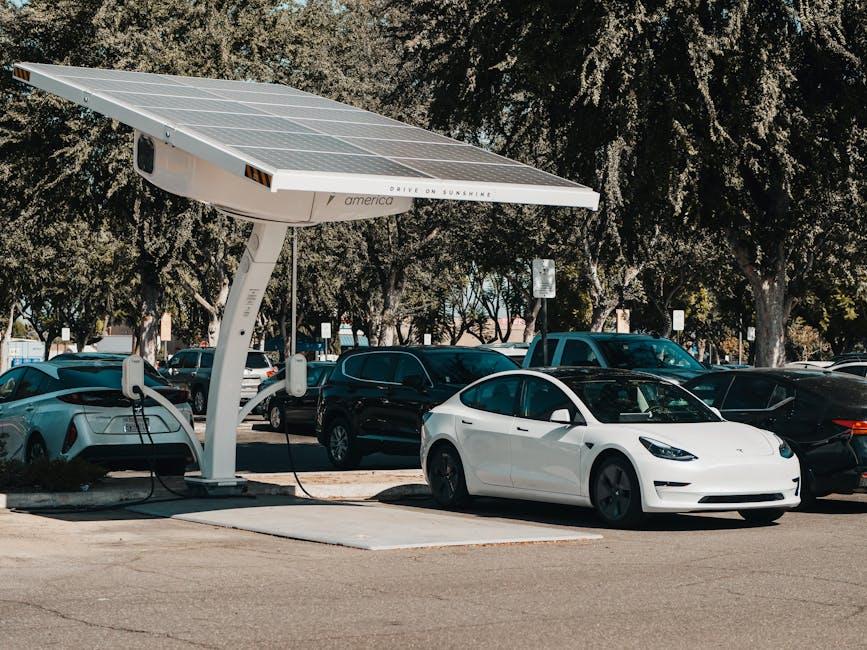
Common Environmental Factors Affecting Battery Lifespan
Harsh environmental conditions can dramatically reduce a car battery’s longevity. Extreme temperatures, whether scorching heat or biting cold, accelerate chemical reactions inside the battery that degrade its components. Prolonged exposure to heat causes the electrolyte to evaporate, leading to insufficient acid levels, while cold weather thickens the electrolyte, impairing the battery’s ability to deliver power. Additionally, excessive moisture or persistent humidity contributes to corrosion of battery terminals and cables, creating resistance that hampers the electrical flow needed for reliable starts.
Another factor often overlooked is vibration and physical stress resulting from rough roads or engine mounting issues. Constant shaking can loosen internal parts or connections, weakening the battery’s structural integrity and electrical performance. Vehicles parked outdoors without protection may also suffer from debris accumulation and dirt buildup, which insulates the terminals and reduces conductivity. To illustrate, consider the impact of environmental challenges below:
| Environmental Factor | Effect on Battery | Outcome |
|---|---|---|
| High Temperature | Electrolyte evaporation | Capacity loss, early failure |
| Low Temperature | Thickened electrolyte | Reduced power output |
| Humidity & Moisture | Terminal corrosion | Starting issues |
| Vibration | Internal component wear | Structural damage |
| Dirt/Debris | Reduced conductivity | Charging inefficiency |
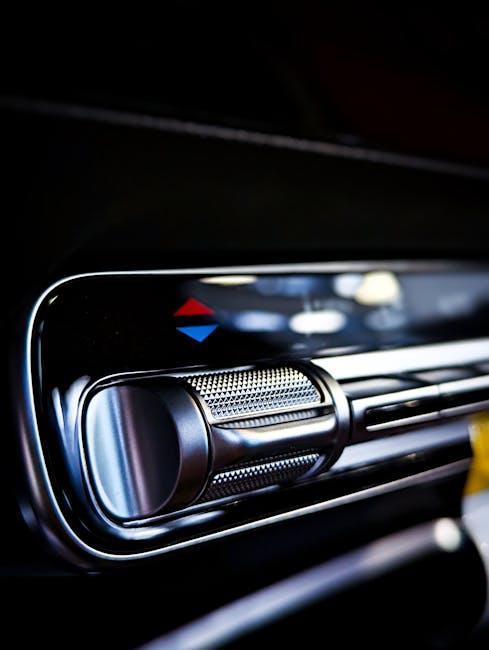
How Extreme Temperatures Contribute to Battery Degradation
When a car battery endures harsh temperature fluctuations, its internal chemistry suffers significantly. Extreme cold thickens the electrolyte inside the battery, slowing down the chemical reactions critical for providing power. This sluggish performance reduces the battery’s ability to deliver sufficient current, making it harder for your vehicle to start in freezing weather. On the flip side, excessive heat accelerates the evaporation of essential battery fluids, which damages the plates and leads to permanent capacity loss over time.
These temperature impacts aren’t just fleeting inconveniences—they compound and degrade the battery’s overall lifespan. The constant stress can cause:
- Corrosion of internal components
- Increased self-discharge rates
- Swelling or warping of battery shells
To better understand how temperature extremes affect battery life, consider this comparison:
| Temperature | Effect on Battery |
|---|---|
| Below 32°F (0°C) | Slow chemical reaction, reduced starting power |
| Above 95°F (35°C) | Fluid loss, accelerated degradation |
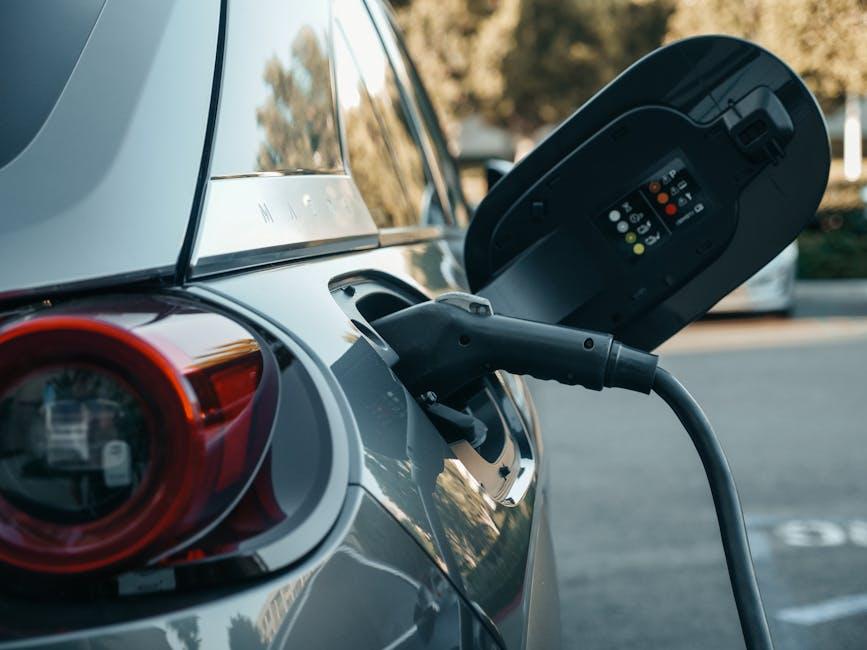
The Role of Infrequent Use in Battery Failure
Cars that sit idle for extended periods are often more prone to battery failure, and the culprit is usually the gradual loss of charge. Unlike active use, which continuously recharges the battery through the alternator, infrequent driving causes the battery to slowly drain. Even small electrical loads like dashboard clocks, alarm systems, or sensor modules can sap power without being replenished. Over weeks or months, the battery’s voltage dips to a critical level, becoming unable to start the engine effectively.
Here are a few reasons why letting your vehicle sit unused can spell trouble for the battery:
- Sulfation: Lead-acid batteries develop lead sulfate crystals under low-charge conditions, permanently reducing capacity.
- Self-Discharge: All batteries naturally lose charge over time, and this accelerates if unused.
- Temperature Effects: Warm environments speed up chemical reactions causing internal battery degradation.
| Inactivity Duration | Battery Impact | Recommendation |
|---|---|---|
| 1-2 weeks | Minimal loss | Drive regularly or use a trickle charger |
| 3-4 weeks | Noticeable voltage drop | Test battery and recharge if necessary |
| 1 month+ | Risk of sulfation and failure | Store with maintenance charger or replace battery |
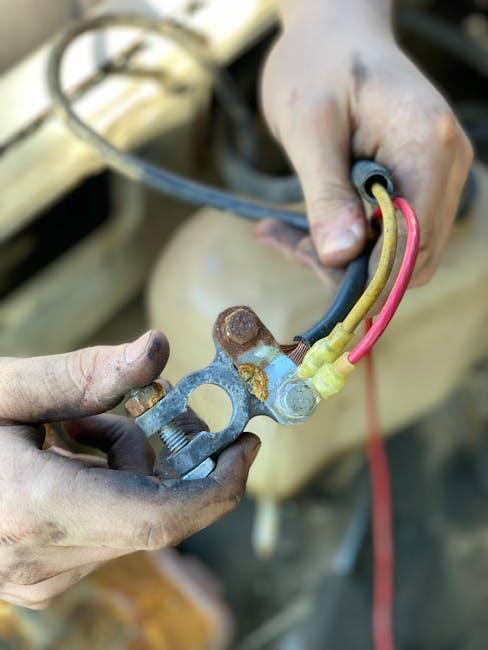
Impact of Corroded Connections on Battery Performance
Corroded connections act like silent saboteurs within your battery system, subtly undermining performance and reliability. When corrosion builds up on terminals and cable ends, it creates resistance that hinders the smooth flow of electricity. This resistance forces your battery to work overtime, draining power faster and reducing its overall lifespan. Over time, these compromised connections can cause your vehicle to struggle with starting or even fail to power up entirely, especially in cold weather when battery efficiency is already challenged.
Addressing corrosion promptly can save you from unexpected breakdowns and costly replacements. Key signs to watch for include:
- White or bluish powdery deposits around battery terminals
- Flickering dashboard lights indicating inconsistent power supply
- Slow engine cranking or intermittent starting issues
| Corrosion Severity | Effect on Battery | Recommended Action |
|---|---|---|
| Light | Minor resistance increase | Clean terminals with baking soda |
| Moderate | Fluctuating power supply | Inspect cables; tighten connections |
| Severe | Battery failure risk | Replace terminals or battery |
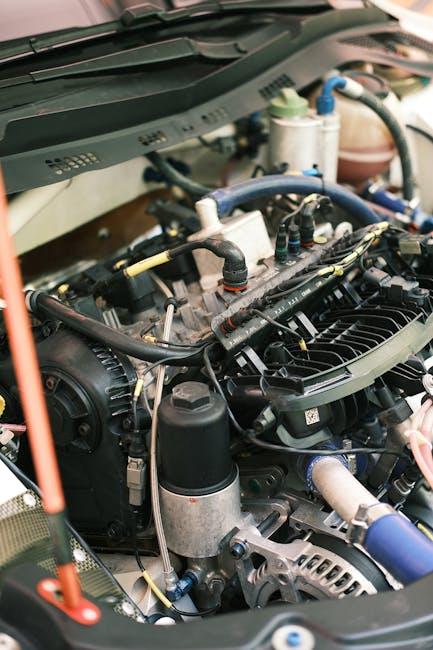
Maintenance Tips to Extend Your Car Battery’s Life
Ensuring your car battery lasts as long as possible involves a few simple yet effective practices. First, regularly inspect the battery terminals for corrosion; a clean connection promotes efficient power transfer. Use a mixture of baking soda and water to gently scrub away any buildup, then rinse and dry thoroughly. Always check that the battery is securely fastened to prevent vibrations that can damage internal components over time. Additionally, avoid short drives frequently as they prevent the battery from fully charging, which can drastically reduce its lifespan.
Another vital maintenance tip is to minimize the use of electronic accessories when the engine isn’t running, as this draws power directly from the battery. Keeping the electrical system in check by having your alternator tested during routine maintenance ensures it is charging the battery properly. Below is a quick reference table highlighting key maintenance tips and their benefits:
| Maintenance Action | Benefit |
|---|---|
| Clean Battery Terminals | Improved electrical connection |
| Secure Battery Mounting | Reduced internal damage |
| Avoid Frequent Short Trips | Complete battery charging |
| Limit Accessory Use with Engine Off | Prevents battery drain |
| Regular Alternator Checks | Ensures proper charging |

When to Recognize Signs of a Failing Battery and Take Action
Recognizing the early warning signs of a weakening car battery is crucial to avoid getting stranded unexpectedly. Pay close attention to how your vehicle starts; if you notice a slow crank or the engine struggling to turn over, it could be an early indicator that your battery is losing its charge. Other common signs include dim headlights, flickering interior lights, and a persistent check engine or battery warning light on your dashboard. These subtle cues often signal the need for a battery test or replacement before complete failure occurs.
Taking prompt action at the first hint of battery trouble can save you time and money. Consider these steps to protect your vehicle’s power source:
- Schedule a battery inspection: Regular check-ups can assess the battery’s health and prevent sudden failures.
- Clean battery terminals: Corrosion can hinder performance—keeping terminals clean ensures better connectivity.
- Limit short trips: Frequent short drives may prevent full battery recharge, accelerating wear.
| Symptom | What It Means | Recommended Action |
|---|---|---|
| Slow engine crank | Battery charge is low | Check battery voltage and recharge or replace |
| Dim headlights | Weak electrical output | Clean terminals and test battery health |
| Battery warning light | Charging system issue | Inspect alternator and battery |
Q&A
Q: Why do car batteries fail unexpectedly?
A: Car batteries can fail unexpectedly due to a combination of factors such as extreme temperatures, prolonged periods without use, and electrical system malfunctions. These conditions strain the battery’s chemistry, causing it to lose charge capacity faster than anticipated.
Q: How do weather conditions influence battery life?
A: Both hot and cold weather can be detrimental. Heat accelerates chemical reactions inside the battery, leading to faster degradation, while cold reduces the battery’s ability to deliver power, making it harder to start your car and sometimes causing permanent damage.
Q: Can leaving accessories on while the engine is off drain the battery?
A: Yes, leaving lights, radios, or other electrical accessories on when the engine isn’t running draws power directly from the battery. Over time, this drain can deplete the battery to a point where it no longer holds a sufficient charge.
Q: Does short driving distance contribute to battery failure?
A: Frequent short trips prevent the alternator from fully recharging the battery. This inadequate recharge cycle causes the battery to slowly lose its charge and reduces its overall lifespan.
Q: How important is regular battery maintenance?
A: Very important. Regularly checking for corrosion on terminals, ensuring cables are tightly connected, and testing battery health can prevent premature failure and save you from unexpected breakdowns.
Q: Can a faulty alternator cause battery issues?
A: Absolutely. If the alternator isn’t charging the battery properly, the battery will gradually drain. Over time, this insufficient charging leads to battery failure, even if the battery itself is in good condition.
Q: How does battery age impact its performance?
A: Car batteries typically last between 3 to 5 years. As they age, their capacity to hold charge diminishes naturally due to chemical wear and tear, making failures more common in older batteries.
Q: Are there signs that a car battery is about to fail?
A: Yes, signs include slow engine crank, dim headlights, electrical issues, and the battery warning light on your dashboard. Catching these early can give you time to replace the battery before a total failure occurs.
Q: Can extreme vibration affect battery life?
A: Excessive vibration from rough roads or poor mounting can damage internal battery components, leading to premature failure. Ensuring the battery is securely mounted helps protect it from such damage.
Q: What is the best way to extend the life of a car battery?
A: To maximize battery life, avoid short drives when possible, keep terminals clean, secure the battery properly, avoid leaving electronics on while the engine is off, and have your battery and charging system checked regularly.
Closing Remarks
Understanding the top reasons why car batteries fail is more than just a mechanic’s insight—it’s a roadmap to keeping your vehicle reliable and your journeys uninterrupted. By recognizing the common pitfalls, from extreme temperatures to overlooked maintenance, you empower yourself to extend the life of your battery and avoid unexpected stalls. Whether you’re a seasoned driver or a casual commuter, a little awareness goes a long way in ensuring that the heartbeat of your car keeps pulsing strong. After all, a well-cared-for battery doesn’t just start your engine—it fuels your peace of mind on every road ahead.

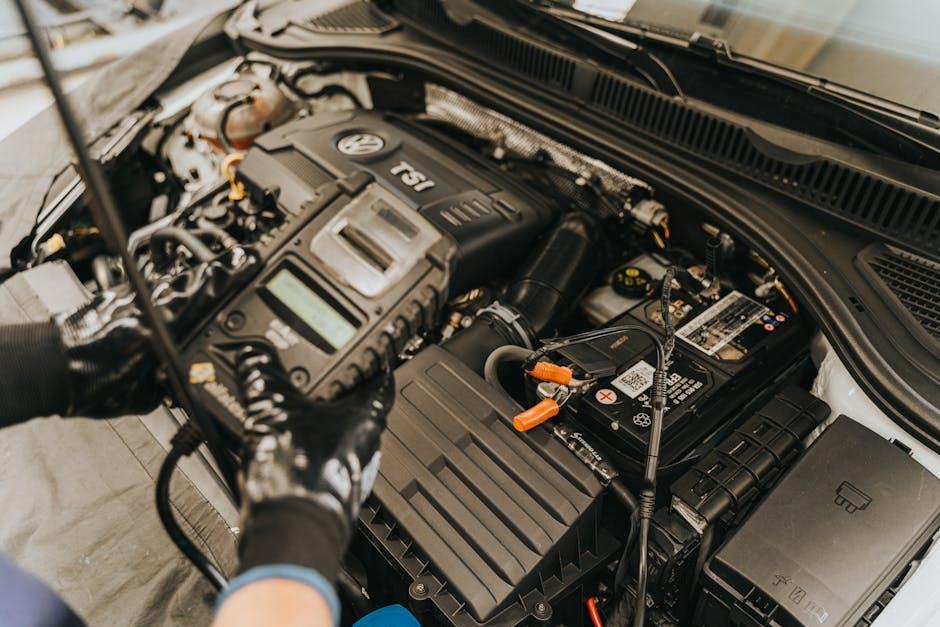
4 Comments
uhfemc
uhfemc
41iabx
41iabx